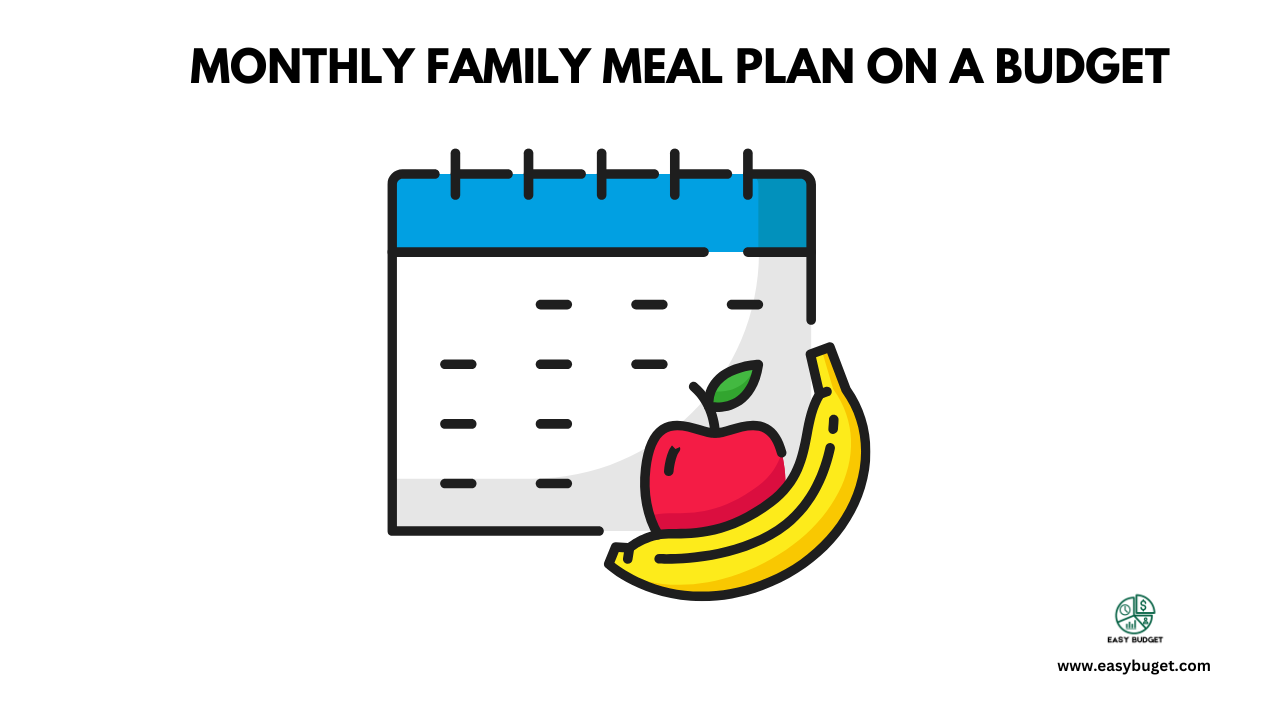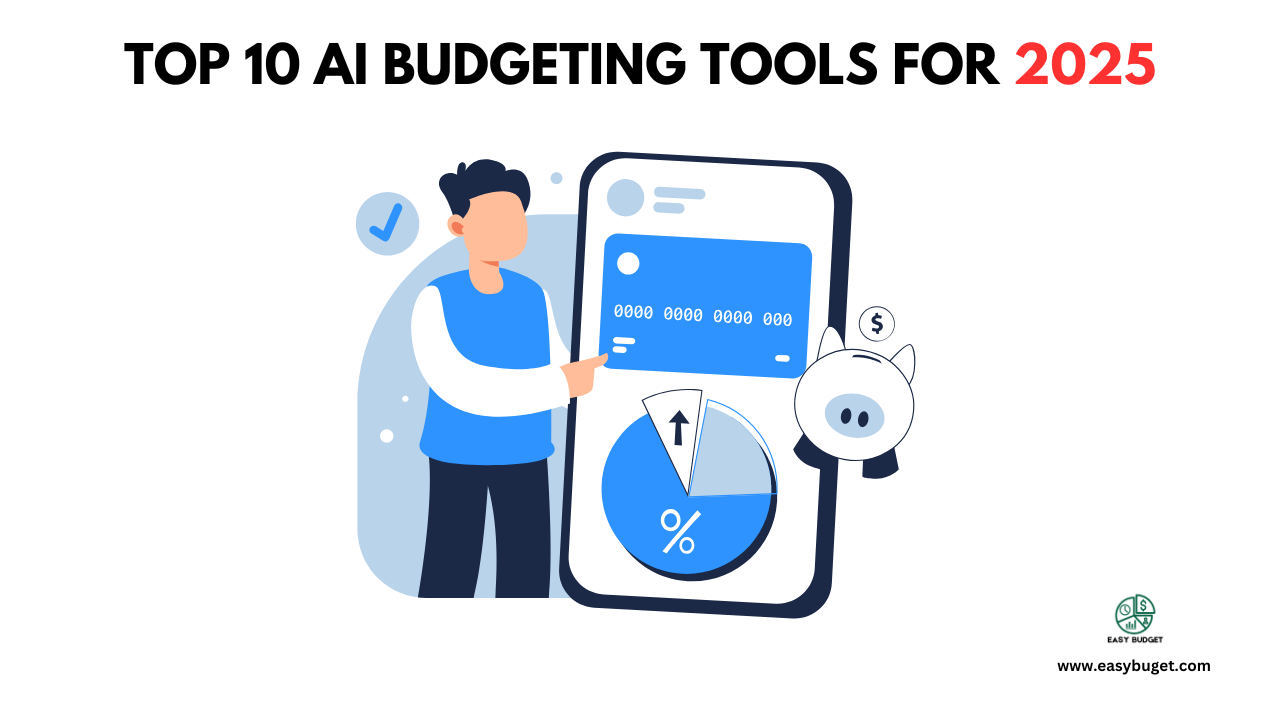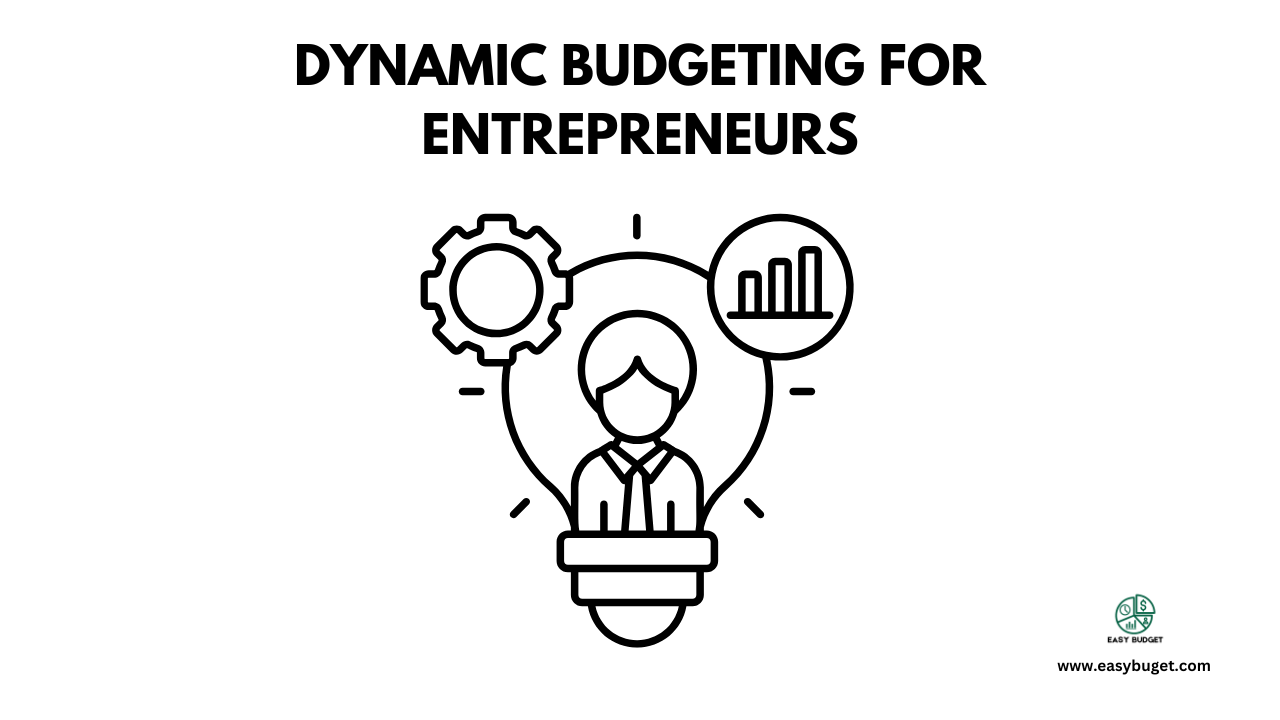Did you know that 52% of Americans have investments in the stock market? While that might sound impressive, many are unsure how to create and manage a proper stock portfolio. If you’re new to investing, you might feel overwhelmed by all the options, advice, and jargon. Don’t worry—you’re not alone!
This guide will break it all down for you in simple, actionable steps. By the end of this post, you’ll have a clear roadmap to build a stock portfolio that matches your financial goals.
What is a stock portfolio?
A stock portfolio is simply a collection of stocks you own. Think of it like a basket of investments. Instead of putting all your eggs in one basket (or stock), you spread them out across several investments to reduce risk and increase growth potential.
A well-constructed portfolio offers two key benefits:
- Diversification: By owning multiple stocks from different industries, you minimize the impact of a single company’s performance on your overall wealth.
- Wealth building: Stocks historically offer higher returns than other investment types like savings accounts, helping you grow your money over time.
Why you need a stock portfolio
You might be wondering, “Why can’t I just buy one stock and call it a day?” While owning a single stock might seem easier, it’s risky. Imagine putting all your money into one company, and it goes bankrupt—that’s a nightmare no investor wants.
A stock portfolio protects you by spreading your investments across different companies, industries, and even regions. It’s like having multiple safety nets for your financial future.
Plus, a good portfolio can help you achieve:
- Steady growth: Over the years, the value of your investments can compound, significantly growing your wealth.
- Peace of mind: Knowing your investments are diversified can help you sleep better during market dips.

Step by step guide to building a stock portfolio
1. Set your investment goals
Before buying your first stock, ask yourself:
- Are you investing for short-term gains or long-term growth?
- How much risk are you willing to take?
For example, if you’re saving for retirement 20 years down the road, you can afford to take more risks than someone saving for a house in three years.
2. Determine your budget
You don’t need a fortune to start investing. Thanks to fractional shares, you can begin with as little as $100. However, before jumping in, ensure you have an emergency fund set aside. The stock market can be unpredictable, so it’s best not to invest money you might need in the near future.
Pro Tip: Start with a small percentage of your income—maybe 10%—and gradually increase as you get more comfortable.
3. Research and choose your stocks
This is where the fun begins! Choosing the right stocks takes time and research. Here’s how to get started:
- Look for stable companies: Start with well-established companies, often called “blue-chip stocks,” like Apple, Microsoft, or Coca-Cola.
- Consider ETFs: Exchange-Traded Funds (ETFs) are bundles of stocks, offering instant diversification. For example, an S&P 500 ETF tracks the performance of 500 of the largest U.S. companies.
- Read financial reports: Check metrics like P/E ratios, revenue growth and dividend history to assess a stock’s performance.
4. Diversify your portfolio
The golden rule of investing: Don’t put all your eggs in one basket. Diversification reduces risk by spreading your money across different investments.
A beginner-friendly portfolio might look like this:
- 50% in large-cap stocks (e.g., Apple, Google).
- 30% in ETFs or mutual funds.
- 20% in smaller growth stocks or international companies.

5. Select a brokerage account
To buy stocks, you’ll need a brokerage account. Some popular platforms include:
- Robinhood: Great for beginners, with zero commission fees.
- Fidelity: Known for excellent customer support and research tools.
- Vanguard: Ideal for long-term investors focused on ETFs.
When choosing a platform, look for features like low fees, user-friendly apps and educational resources.
6. Make your first investment
Now that you’ve done your homework, it’s time to take the plunge! Here’s how:
- Deposit money into your brokerage account.
- Search for the stock or ETF you want to buy.
- Enter the amount you’d like to invest and confirm your purchase.
Congratulations—you’ve officially started your stock portfolio!
7. Monitor and rebalance your portfolio
Investing isn’t a “set it and forget it” process. Keep an eye on your portfolio’s performance and rebalance it annually to maintain your desired asset allocation.
For example, if one stock grows significantly and now takes up 50% of your portfolio, you might want to sell some shares and reinvest in other areas to stay diversified.
Sample diversified stock portfolio
Here’s a sample stock portfolio for an investor seeking diversification across sectors while aiming for growth and stability. This portfolio is tailored for a moderate-risk investor with a mix of growth, value and dividend-paying stocks.
Sample stock portfolio (10 Stocks)
1. Technology (25%)
- Apple (AAPL): Large-cap tech leader with strong growth potential and dividend payouts.
- NVIDIA (NVDA): High-growth semiconductor company benefiting from AI, gaming and cloud computing.
2. Healthcare (15%)
- UnitedHealth group (UNH): Diversified healthcare provider with stable growth.
- Pfizer (PFE): Established pharmaceutical company with a focus on innovative treatments and vaccines.
3. Consumer discretionary (15%)
- Amazon (AMZN): E-commerce and cloud computing giant with growth in multiple sectors.
- Tesla (TSLA): Leader in electric vehicles and renewable energy innovation.
4. Financials (10%)
- JPMorgan chase (JPM): Top U.S. bank with strong performance in lending, investment banking and wealth management.
- Visa (V): Leader in digital payments with exposure to global consumer spending trends.
5. Energy (10%)
- ExxonMobil (XOM): A major oil and gas company with a solid dividend yield and a growing renewable energy focus.
6. Real Estate (5%)
- Prologis (PLD): A REIT specializing in logistics and warehouse facilities, benefiting from e-commerce growth.
7. Consumer Staples (5%)
- Procter & Gamble (PG): Reliable dividend-paying stock with a portfolio of essential household products.
8. Industrials (5%)
- Boeing (BA): A leader in aerospace and defense, poised for recovery as travel rebounds.
Sector allocation summary
| Sector | Allocation | Stocks |
|---|---|---|
| Technology | 25% | AAPL, NVDA |
| Healthcare | 15% | UNH, PFE |
| Consumer Discretionary | 15% | AMZN, TSLA |
| Financials | 10% | JPM, V |
| Energy | 10% | XOM |
| Real Estate | 5% | PLD |
| Consumer Staples | 5% | PG |
| Industrials | 5% | BA |
Additional Notes:
- Growth potential: Companies like Tesla, NVIDIA and Amazon offer high growth but come with increased volatility.
- Income stability: Stocks like Procter & Gamble and ExxonMobil provide dividend income.
- Diversification: Exposure to various sectors reduces the risk of underperformance in any one industry.
Tips for managing your stock portfolio
- Avoid emotional trading: The stock market can be volatile. Resist the urge to sell during a dip or buy during a sudden spike.
- Stay updated: Follow market news and trends to make informed decisions.
- Focus on the long term: Wealth-building takes time. Don’t panic over short-term fluctuations.
Common mistakes to avoid
- Not diversifying: Holding just one or two stocks exposes you to unnecessary risk.
- Overtrading: Constantly buying and selling can rack up fees and hurt your returns.
- Ignoring fees: Pay attention to transaction costs, as they can eat into your profits.
Conclusion
Building a stock portfolio might seem daunting at first, but with the right steps, it’s entirely doable—even for beginners. Start by setting clear goals, researching your options and diversifying your investments. Remember, investing is a marathon, not a sprint.
So, what are you waiting for? Start small, stay consistent and watch your stock portfolio grow over time. Happy investing!





























